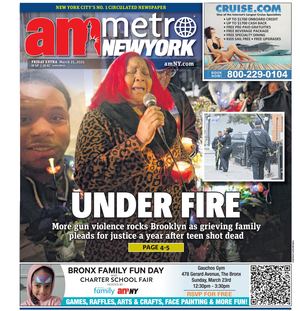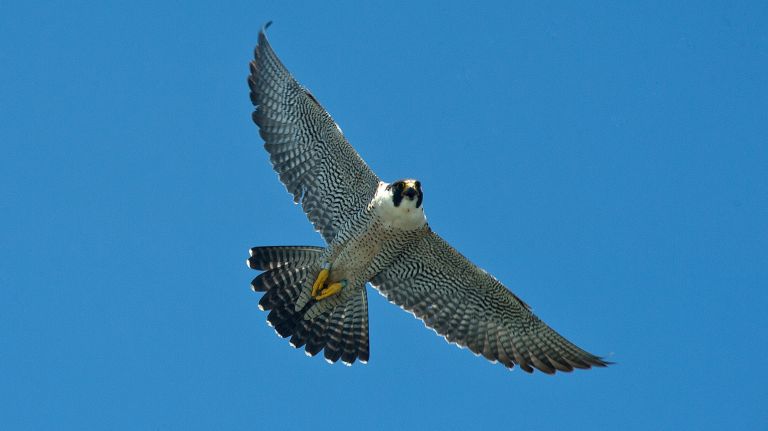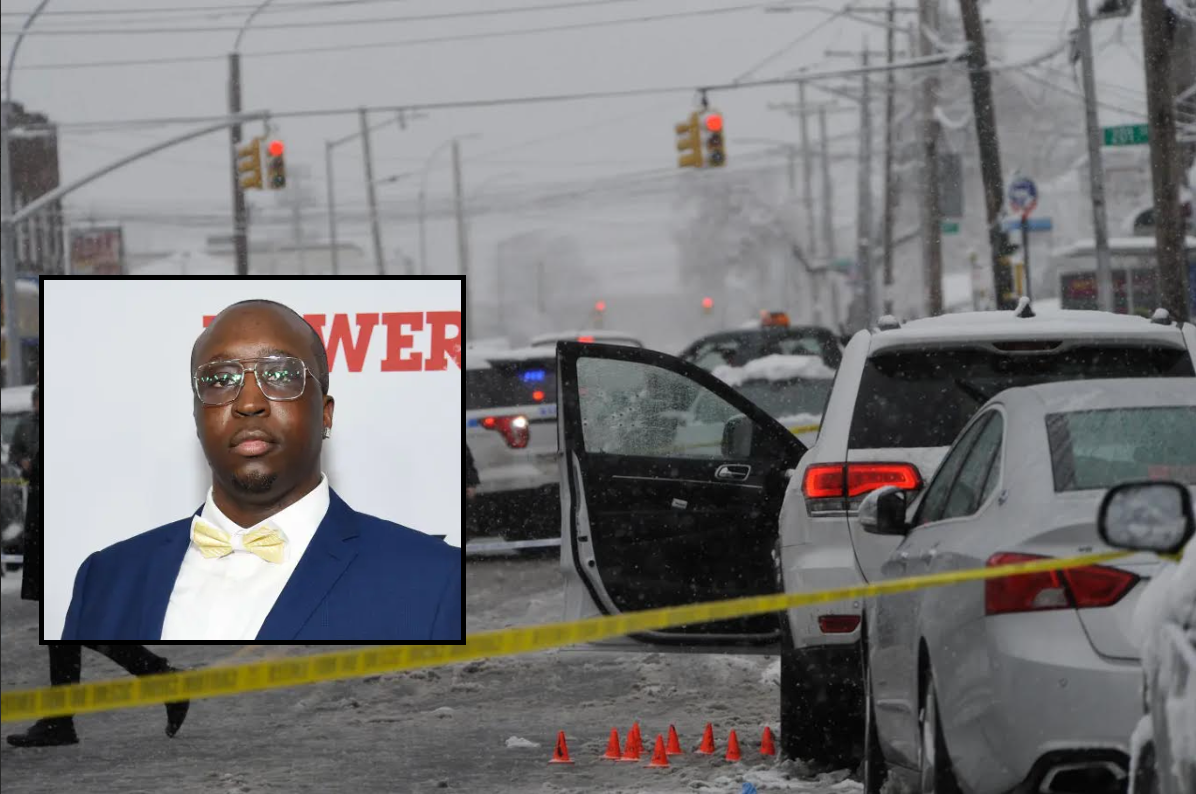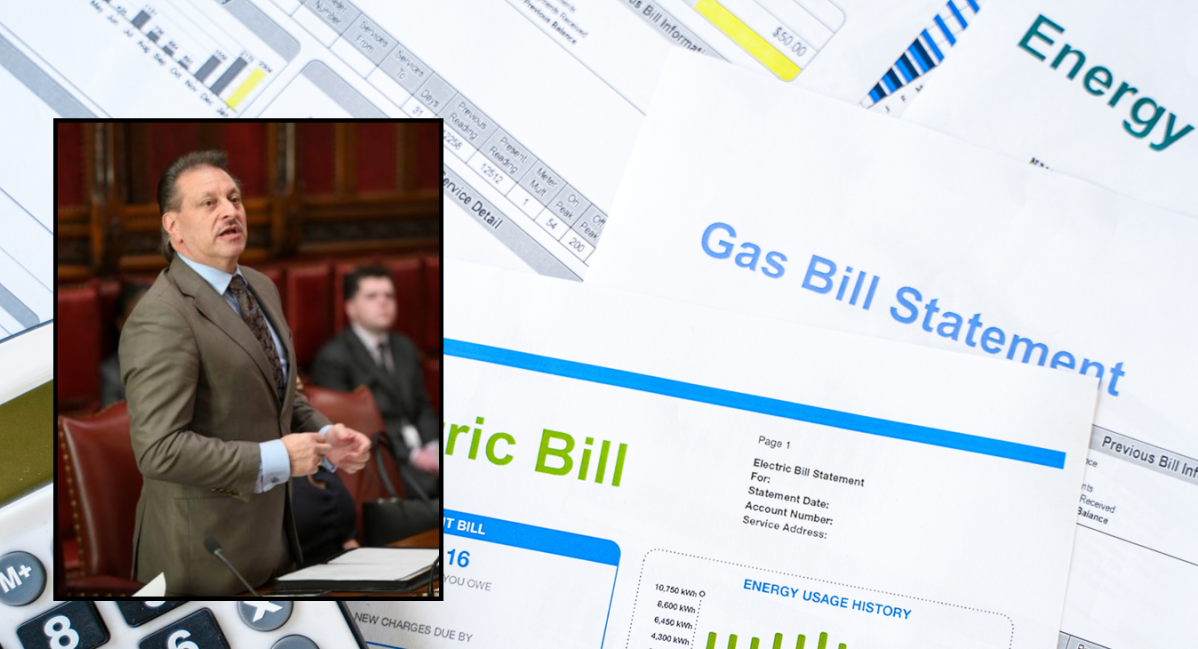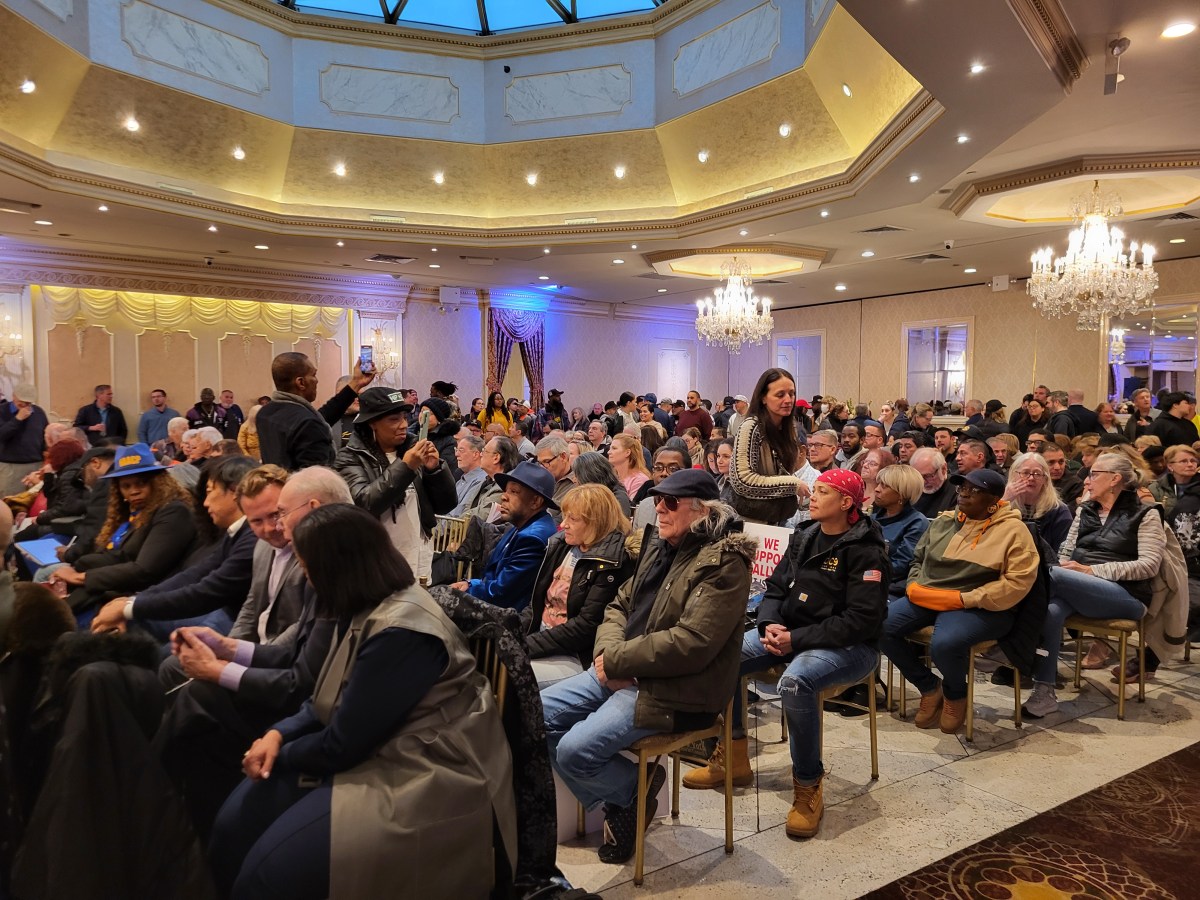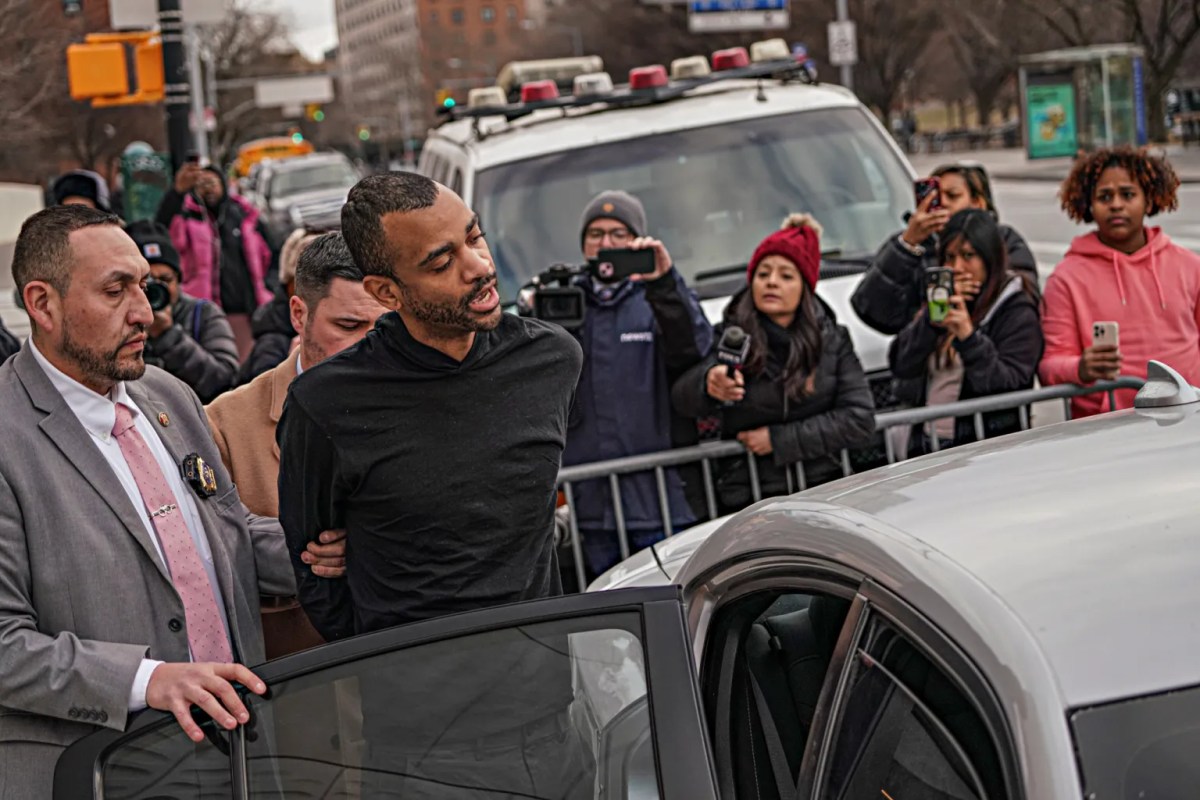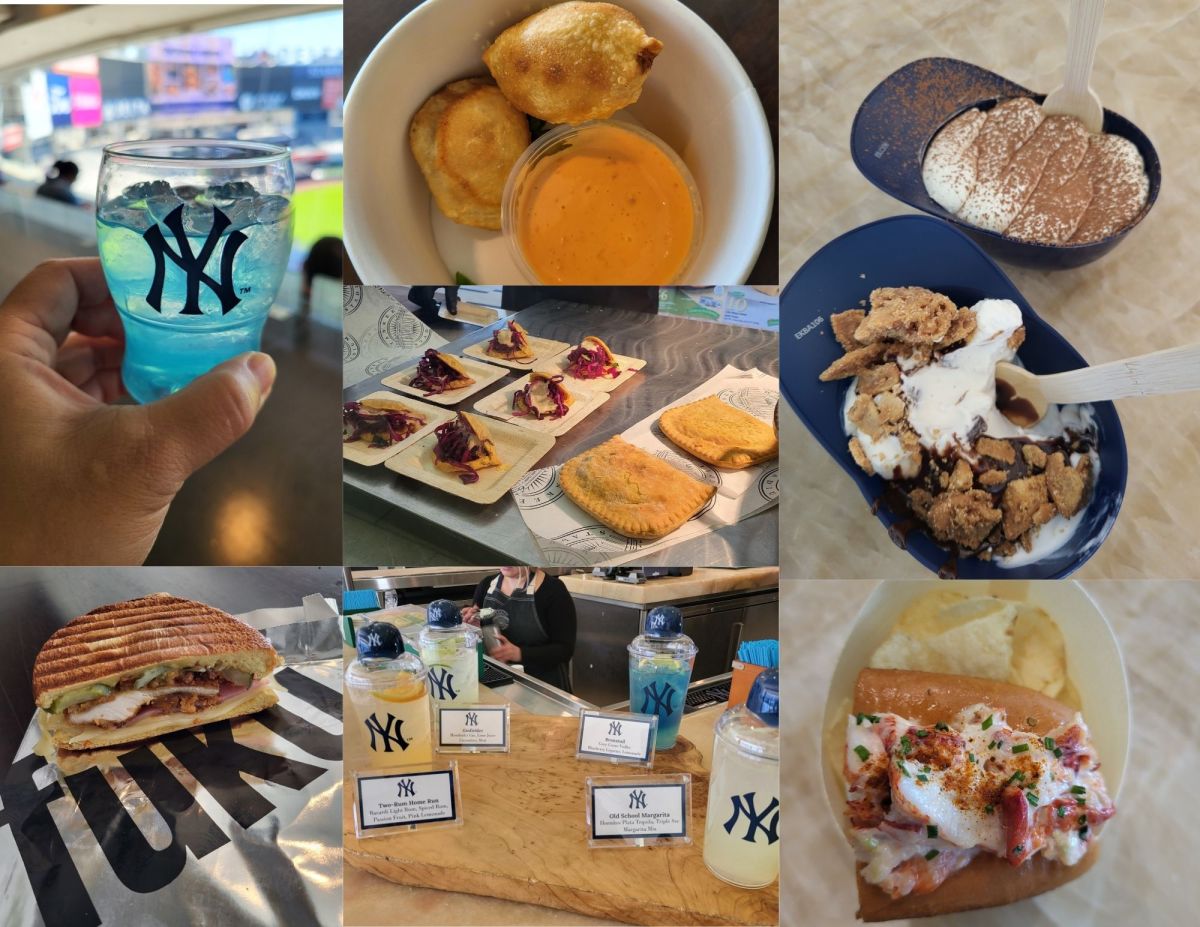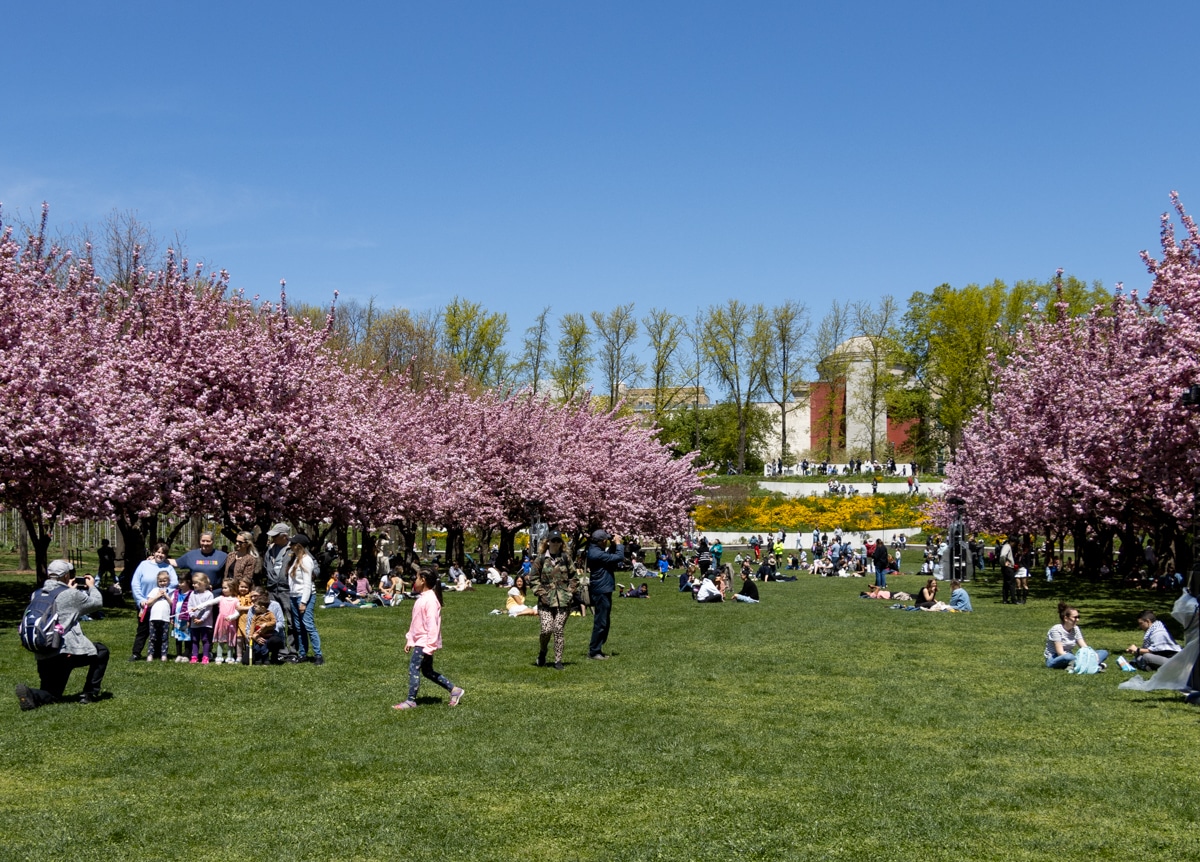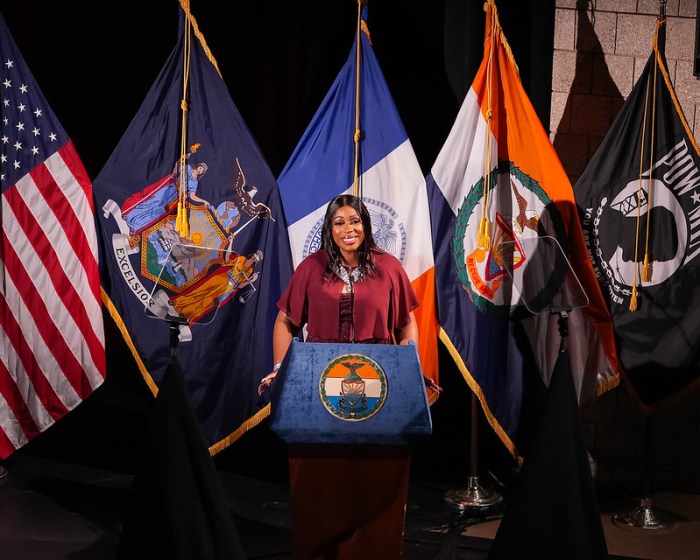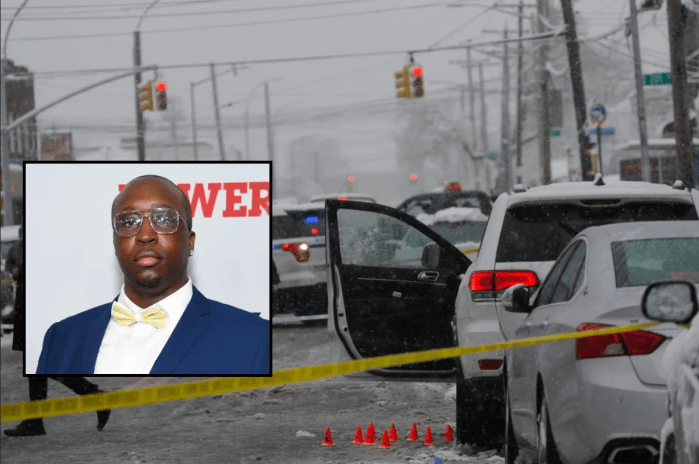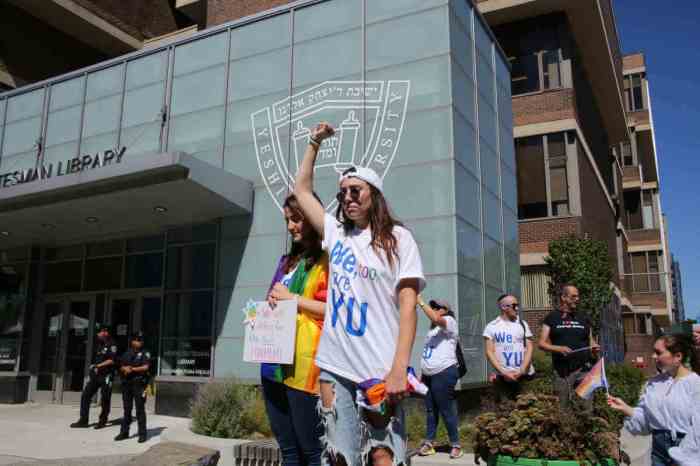
This is part of our NYCurious series, where we answer your burning questions about the city. Ask yours here.
The fastest animal on the planet has a home right in New York City.
The peregrine falcon, which can fly at speeds of more than 200 mph, lives on every continent except Antarctica and is known to nest on urban buildings and bridges.
“Strange as it may seem, this vastly altered landscape replicates the conditions in which peregrines evolved,” English broadcaster David Attenborough says about New York City in “Planet Earth II” (S1: E6) on Netflix.
Scroll down to learn more about the birds and why they live in the city.
Where do peregrine falcons live in New York City?
Skyscrapers and bridges in the city are “ideal” spots for the birds to nest and use as vantage points to hunt, said John McCoy, the deputy director of the NYC Parks’ Urban Park Rangers.
“They usually nest on cliffs, high-up cliffs, we’re talking like 1,000 feet above sea level, so here in New York City skyscrapers kind of serve as cliffs,” he said.
The “great view” they have high up on skyscrapers helps them see their prey before diving down to catch it.
Some of the known nesting locations are 55 Water St. in the Financial District, the Throgs Neck Bridge between Queens and the Bronx, the Verrazzano Bridge between Brooklyn and Staten Island and the Bayonne Bridge between Staten Island and New Jersey.

How many peregrine falcons are in New York City?
As of spring 2019, there are 25 peregrine falcon pairs, who generally mate for life, in the city, the Department of Environmental Protection said. Baby falcons are typically born in late spring.
Are peregrine falcons endangered?
The peregrine falcon population in the United States declined in the mid-1900s because of poisoning from DDT, a pesticide that has since been banned in the country, and the birds were put on the U.S. endangered species list in 1970.
They also were eliminated as a nesting species in New York in the early 1960s, according to the state Department of Environmental Conservation.
To combat the decline, the Peregrine Fund at Cornell University was founded to restore the population. The birds first returned to New York in 1983, nesting on two bridges in the city, and their population in the state and city has grown since then, the DEC said.
The peregrine falcon was removed from the federal endangered species list in 1999, but it remains endangered in New York, the DEC said.
What do peregrine falcons eat?
The falcons in New York City prey on other birds, including pigeons and ducks.
“They will take down even bigger birds if they can, almost like goose size,” McCoy said. “They’ll fly up really high and they dive-bomb … and when they hit something with their talons, not only do you have these eight talons closing in and kind of piercing the prey, but they’re hitting it really hard, at some incredible speeds, so that allows them to take down things that are much bigger than them.”

Can New Yorkers see the falcons?
Typically their nests are too high up to be seen from the street.
“Maybe from far away with a really good set of binoculars, you might be able to catch a glimpse of them, but where they nest, it’s really hard to find them,” McCoy said. “You’re kind of lucky if you see one flying around because of where the nests are.”
There are multiple webcams on nesting locations across the state that New Yorkers can view.
What dangers does the city present for peregrine falcons?
Once the falcons catch their prey, “they have to perch somewhere and kind of either finish the bird off with its beak or just eat the bird,” McCoy said.
“They don’t always do that in the most convenient spot — and this holds true for all birds of prey, all raptors — so sometimes that area could be the street,” which puts them at risk of getting hit by a car, he said.
McCoy added that if the falcons’ prey ingests any kind of poison, possibly left out for rats, that also poses a threat to them.
